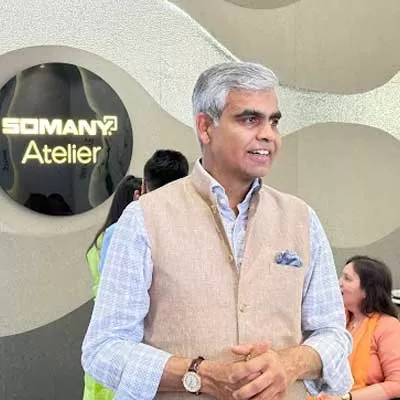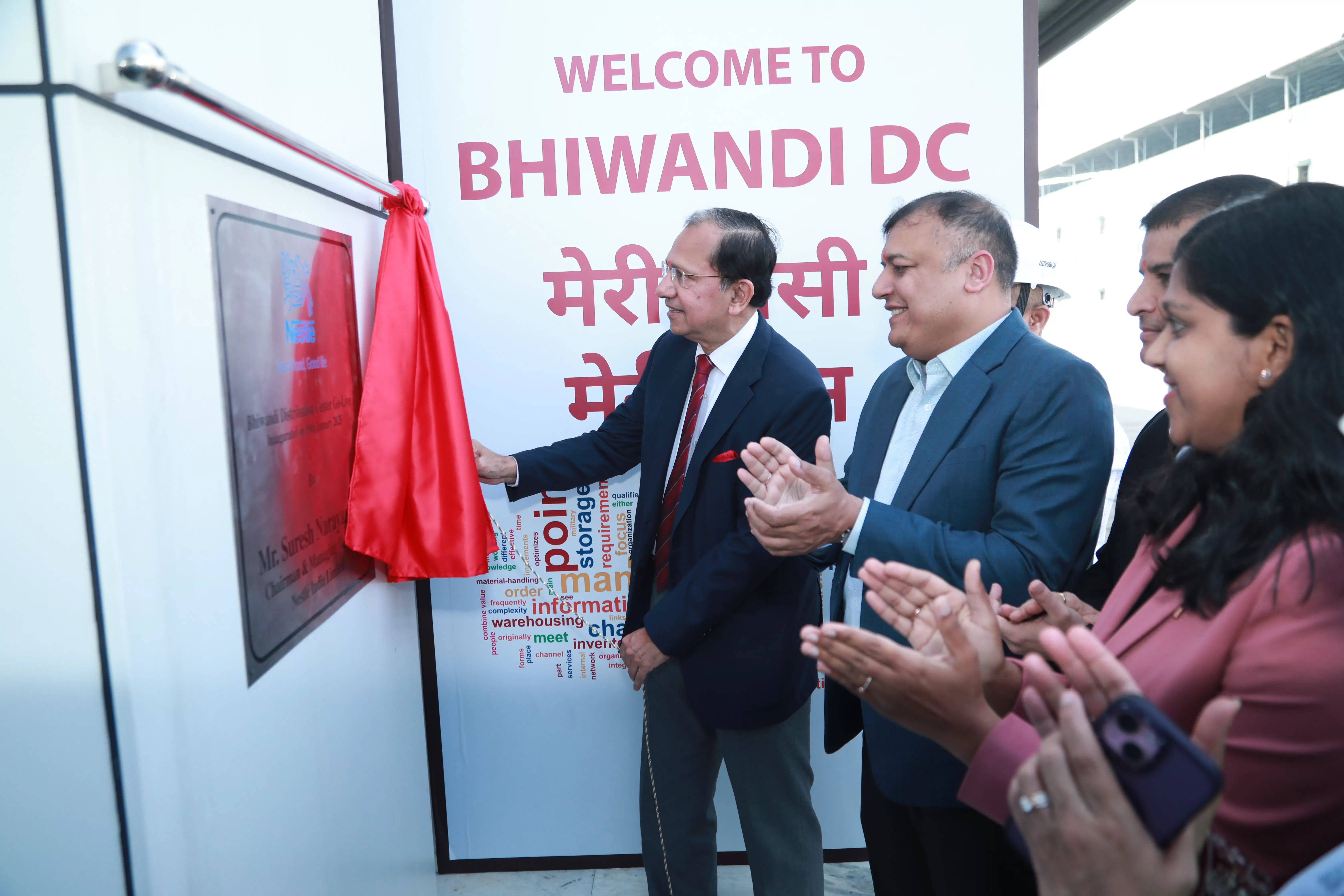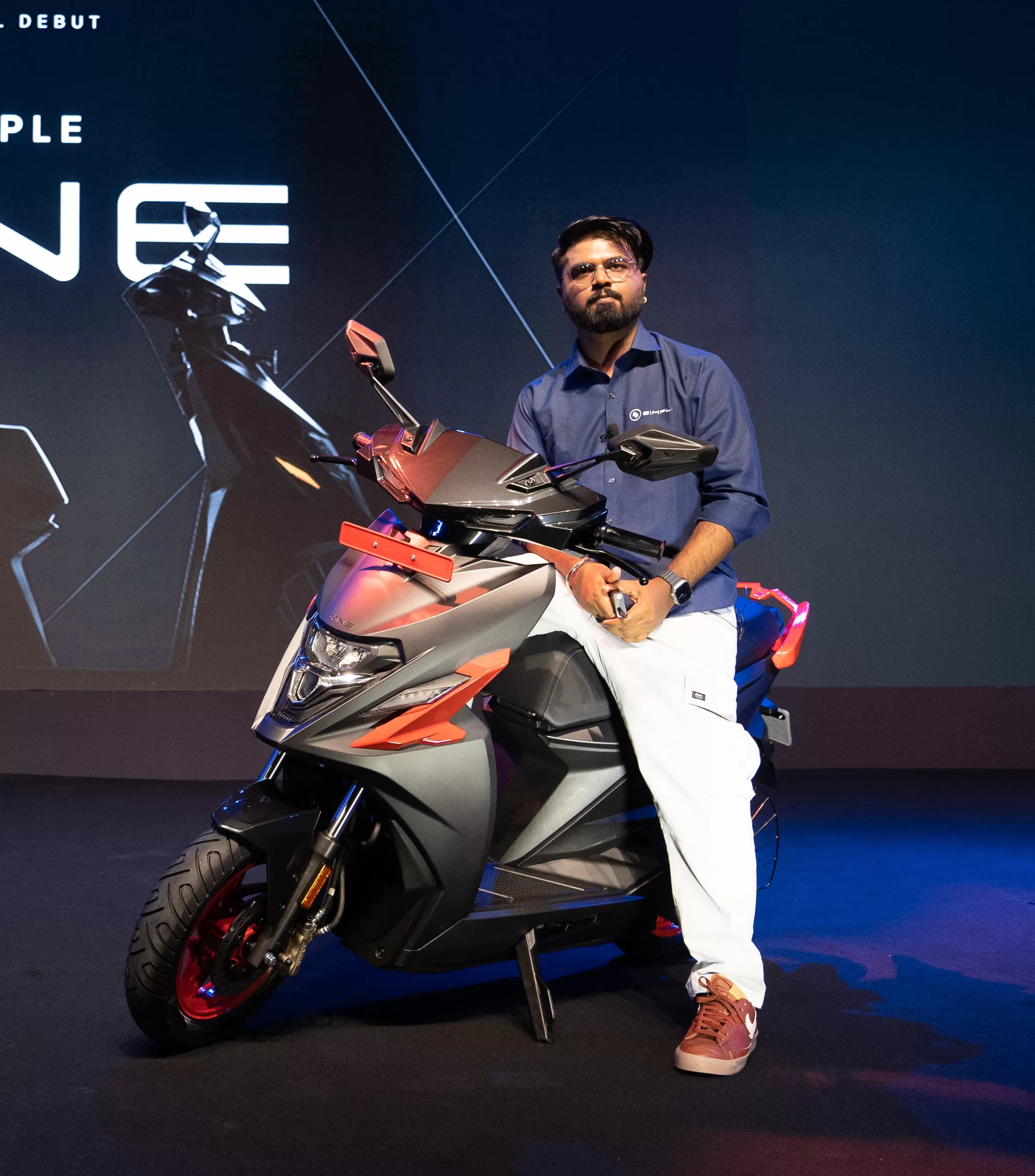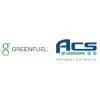IBC offers little respite to resolution of stressed construction companies

SOMANY unveils flagship Atelier showroom in New Delhi
SOMANY Ceramics has inaugurated its new flagship Atelier showroom in Rajouri Garden, New Delhi. Spread across 5,500 sq ft, the immersive showroom is aimed at architects, designers, and customers seeking cutting-edge tile and bathware solutions.The experience centre features SOMANY’s high-end collections including the Coverstone large-format slabs, Regalia finishes, and the Italian-inspired Italmarmi range. It also showcases the French Collection-Bathware with matte-finish fittings, as well as new tile lines like Colorato, Porto, and Sedimento. A dedicated EZY Fix zone offers end-to-end solut..

Nestlé India goes digital and green with new Bhiwandi DC
Nestlé India has inaugurated a fully automated, paperless Distribution Center (DC) in Bhiwandi, Maharashtra, reinforcing its commitment to sustainability and digital transformation. The centre is the company’s first to feature a Digital Twin, enabling warehouse simulation and predictive planning.Built in just seven months, the facility houses 20,000 pallet positions and the country’s largest cold room for chocolate storage. It also features India’s first shuttle racking system, improving space efficiency and throughput. Other innovations include AI-enabled CCTV, a digital rack inspectio..

Simple Energy eyes Rs 30 billion IPO in FY27
Simple Energy is planning an Initial Public Offering in Q2–Q3 FY27 to raise Rs 30 billion (USD 350 million) as it focuses on profitability and manufacturing expansion. The clean-tech startup aims to achieve $96 million (Rs 800 crore) in revenue in FY26 and cross $180 million (Rs 1,500 crore) in cumulative revenue over the next 18 months.Founded in 2019, the company has recorded 500 per cent year-on-year growth and achieved gross margin breakeven within two years of commercial operations. It is targeting EBITDA positivity by FY26 and net profitability ahead of the IPO.Proceeds from the IPO wi..














